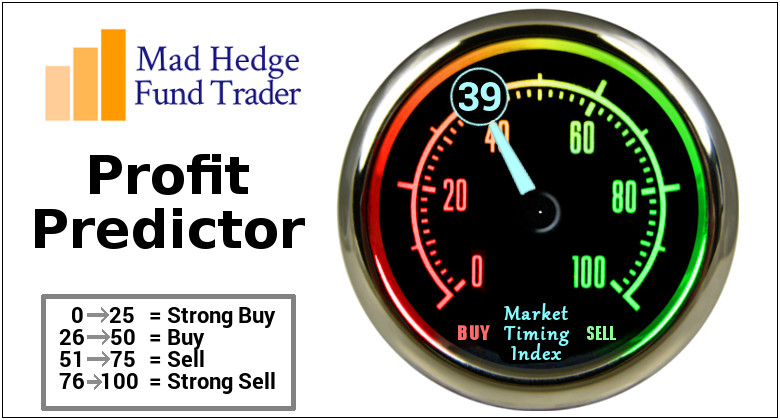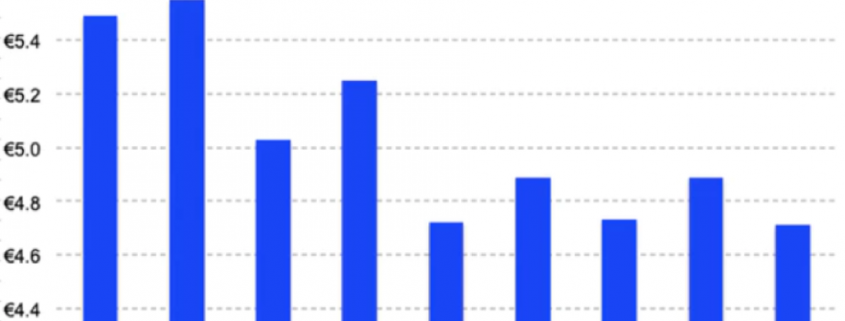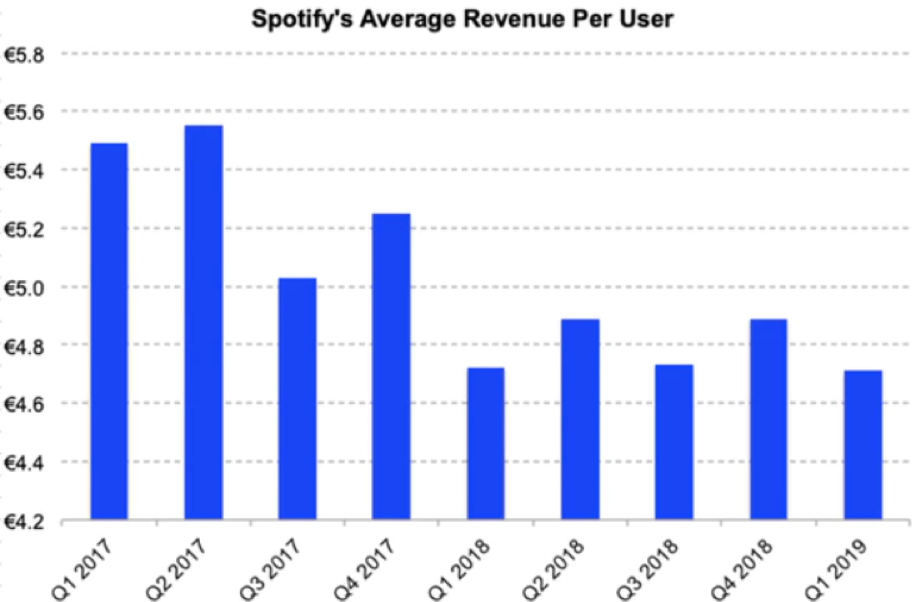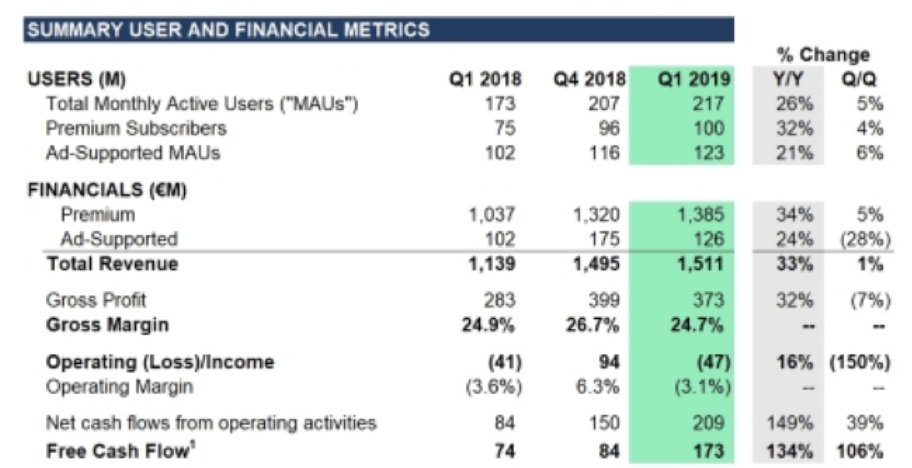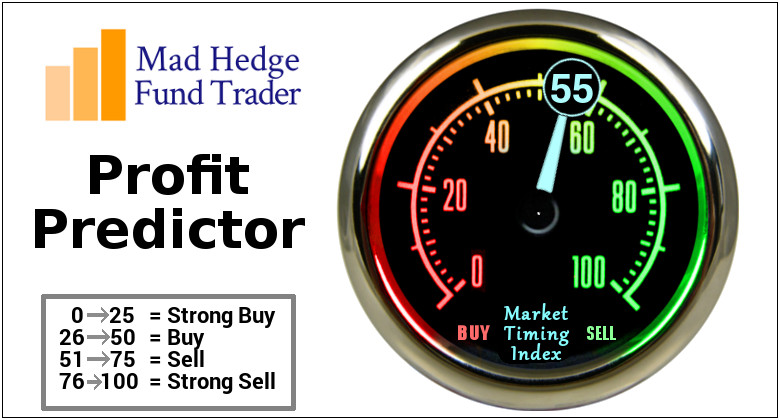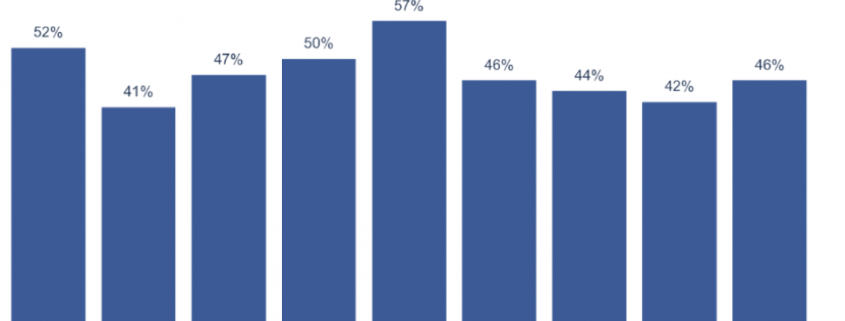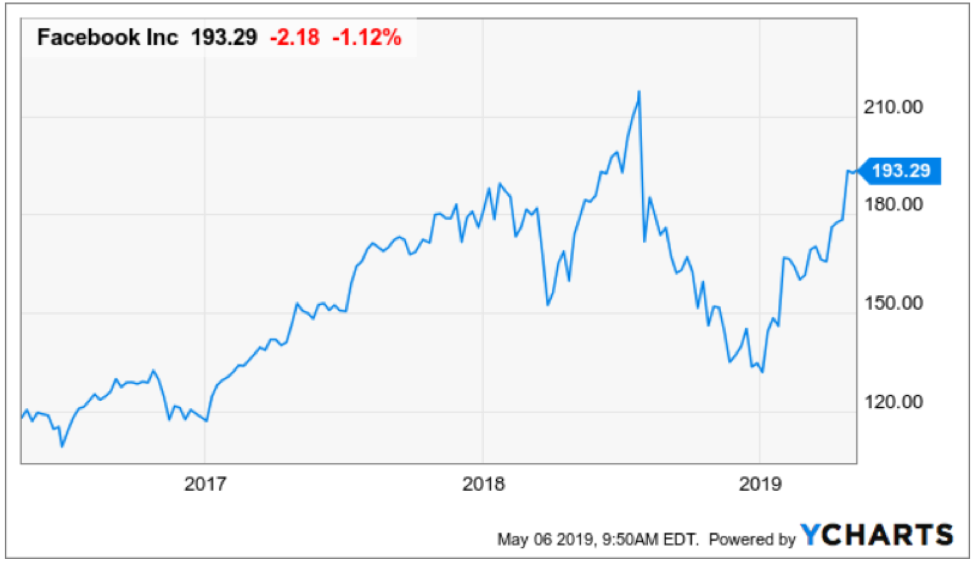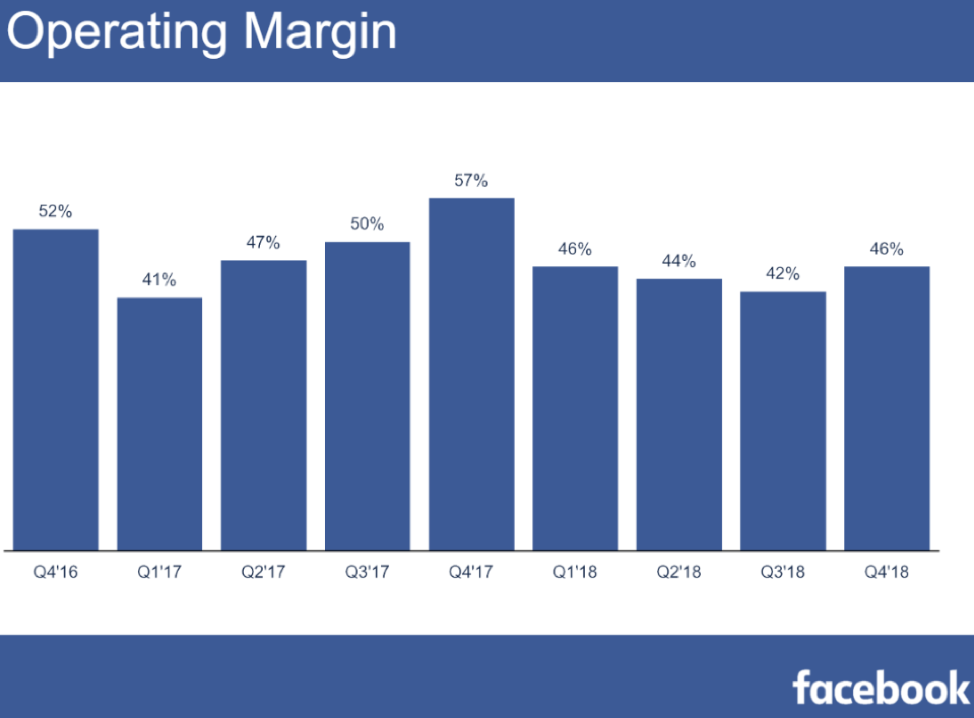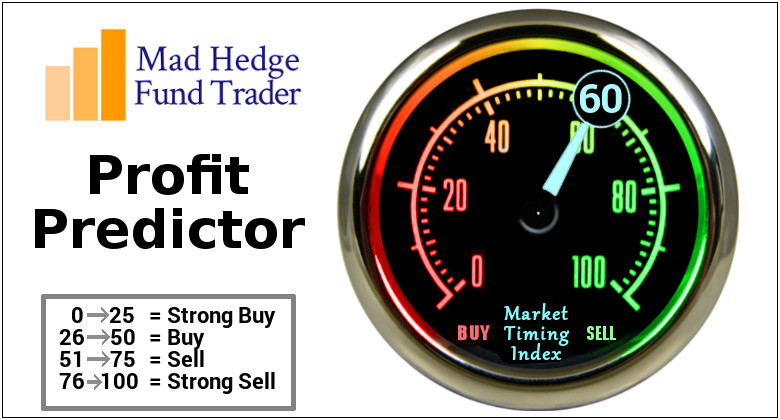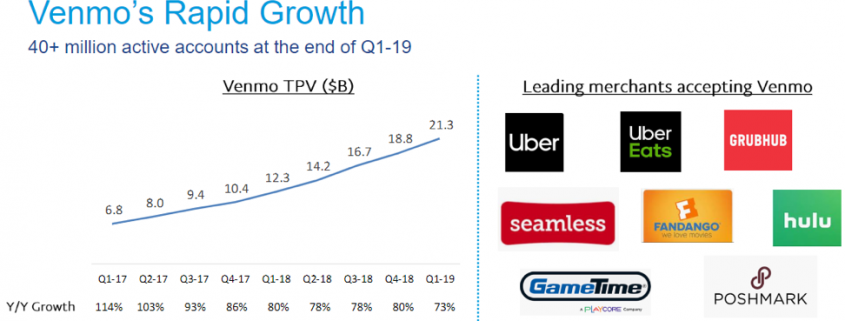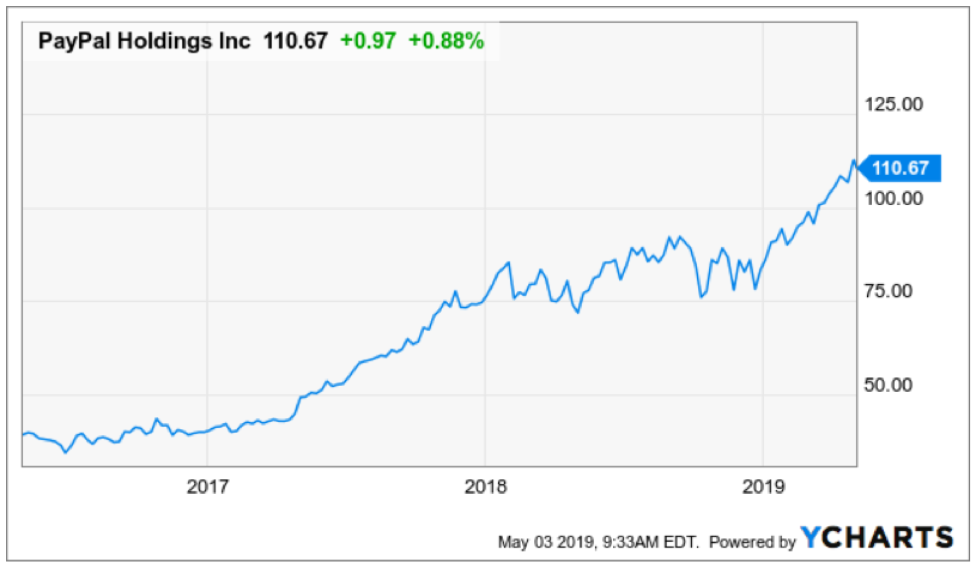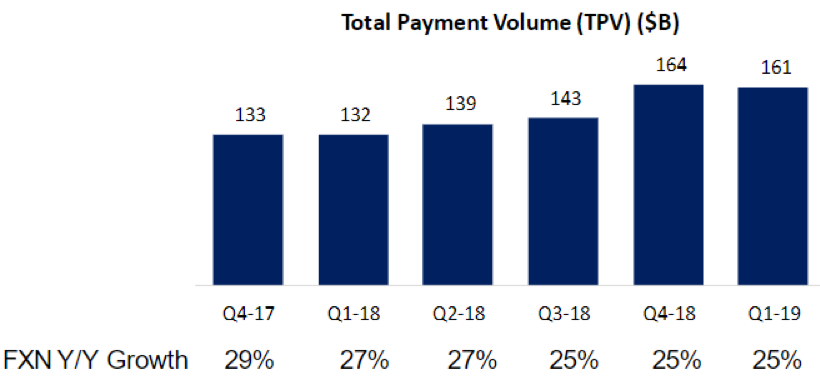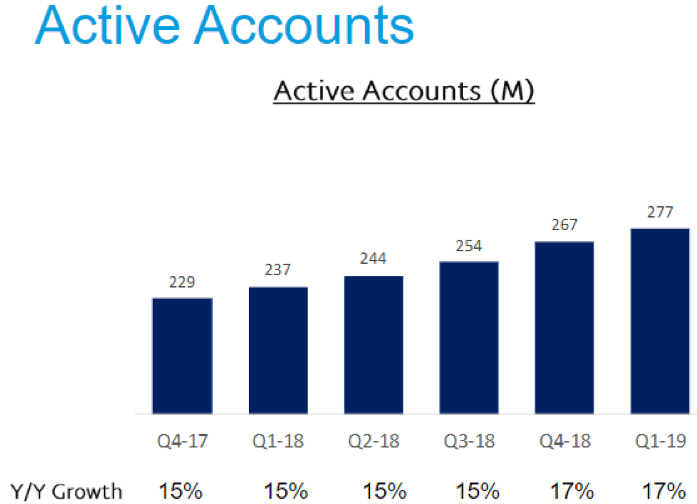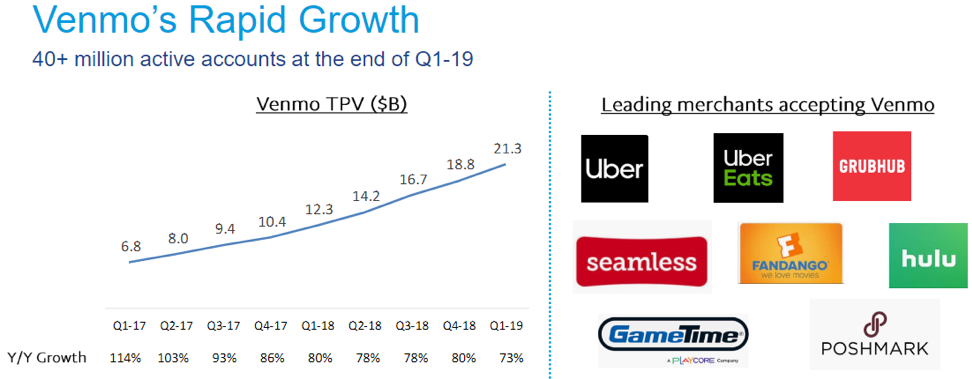Fortnite roiled the video gaming industry last year reinventing the landscape with its freemium model that is available on every platform.
Its in-game add-on revenue strategy is the new model going forward and the first major video game studio to adapt to the new status quo is Electronics Arts Inc. (EA).
The successful earnings report by a newly minted super growth driver and Fortnite competitor called Apex Legends.
Apex Legends copied Fortnite with its 'Battle Royale' format incurring outsized user growth.
Overall, EA’s player base grew to more than 500 million active player accounts in 2019.
This was driven by engagement in the top franchises and live services on major platforms, the game-changing introduction of new IP, including the free-to-play game Apex Legends, offering reach to new audiences around the world is the crux behind short-term bullish momentum in the stock.
Other releases such as "Star Wars Jedi: Fallen Order" will provide another boost to sales momentum as well.
The sports side of the company is also working miracles in a year where both FIFA 18, including World Cup content and FIFA 19 with the UEFA Champions League, had more than 45 million unique players in total playing FIFA games on console and PC.
More than 100 million players engaged with EA’s FIFA franchises on mobile and PC free-to-play during the year as well.
Given investor paralysis across the video game space about revenue stability, competitive moat, and changing revenue models, the predictability and stability of sports demonstrates the breadth of EA’s asset.
Apex Legends is the fastest-growing new game in the history of EA quickly reaching a milestone 50 million players and millions more have continued to participate.
It has also helped EA accumulate new player audiences as nearly 30% of Apex Legends players are new to EA.
The plan for Apex Legends is to deliver this massive global community with a long-term live service, including new seasons with more robust Battle Pass content, new legends and exciting evolutions to the in-game environment.
EA is collaborating aggressively to bring the game to more players in more markets and platforms around the world, including Korea, to take advantage of an opportunity in the market and self-publish Apex Legends via Origin.
EA expects $300 million to $400 million in net bookings for Apex Legends in the fiscal year that ends next March, though that projection doesn’t take into account potential contributions from a mobile version of the game or a version for the Chinese market.
Annual targets were met with GAAP net revenue for the fiscal year registering $4.95 billion delivering EPS of $3.33.
These results enabled EA to deliver an operating cash flow of $1.55 billion and return over $1 billion to shareholders, about 83% of free cash flow, through the ongoing share repurchase program.
The prior quarter was a robust one with EA beating on the top and bottom line.
EA easily beat on the top line with GAAP net revenue for the quarter coming in at $1.24 billion, shattering guidance by $75 million.
Turning to the key catalysts of this quarter, net bookings were $1.36 billion, well above guidance of $1.17 billion, and up from $1.26 billion last year.
To reiterate, the beat was driven by Apex Legends and the outperformance in the blockbuster sports titles.
Digital net bookings were $1.19 billion, up 14% on the year-ago period, driven by strong digital sales of Apex Legends and Anthem.
Digital net bookings represented 75% of the business on a trailing 12-month basis, a new record compared to 68% in the prior year.
Live services net bookings were up 24% to $845 million, primarily driven by Apex Legends.
Live services at EA delivered its best year on record with FIFA and Madden Ultimate Teams both closed the year very strongly.
The gaming environment shows no let up in dollar terms, expect the gaming software market to grow 7% over the calendar year, with mobile up 12%, console up 4% and PC flat.
Estimates for 2020 is for net revenues of $5.4 billion, and cost of revenue of $1.3 billion and EPS of $8.56.
Gaming is still a hot part of tech and after 2018 that crushed Fortnite competition, EA should hold its own with Apex Legends and the strength of its sports franchises.
Shares are up over 20% this year and have more room to the upside.





